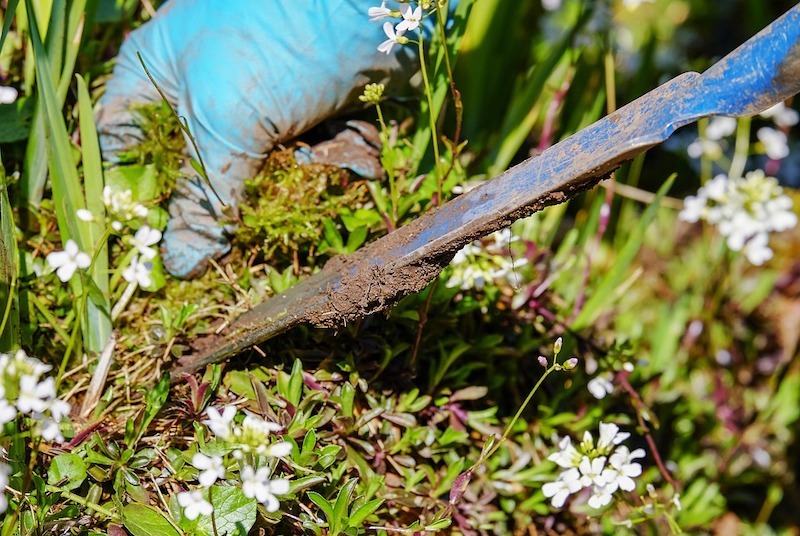A weed is known as any undesired plant. Weeds battle with plants for sunlight, water, and nutrients. Common weeds, like lamb’s quarters, deliver a large number of seeds. If you are permitted to set seed in your garden, then you may see yourself uprooting them for several cycles.
If you were to follow every hour settled in your garden, you would probably find that you do an excessive amount of weeding. And the first few weeks of cutting up these invaders can satisfy you quietly. Here the article is describing the best strategies to reduce weed in the garden.
Cultivate with attention
One cannot refrain mulch or hand farming when formulating a new garden plot. This is the best method to freshen the loam and combine natural elements. One may not be identifying the buried weed roots enduring inoperative just following the facade of the soil.
Relocating them to the top of the ground awakens them up and expands them into gravidity. After establishing a new garden area, you have to avoid undesirable tilling and cultivating. This method is very important, and it is one of the best Weed Killer Guide.
Allow to sleep the weeds
Your garden has weed seeds in every square inch, but only the top of the soil gets enough light to trigger fertilization. Harvesting and farming lead the underground weed seeds to the outside, so consider that the weed seeds are willing to be indifferent.
Dig, only if it needs to and quickly solve the problem with the plants or any protective covering. In gardens, reduce the soil instability by using a narrow blade to cut off the source of their feed, instead of digging up the roots of the dandelions and other weeds.
Cut their heads
If you cannot kill weeds, the subsequent most useful idea is to cut off their heads. Chopping off the heads of sustained weeds such as bindweed decreases reseeding and prohibits them from using food storage and supplying their root buds.
In this way, one can control their spread. You can move up to a chain deceiver furnished with a blade adjunct to cut sharp thistles or hedges down to essences. Regardless of which method you choose, cutting before weeds go to seed can help to protect them from growing.
You my try to cutting weeds before go to seed by using any weed eater head.
Maintain the gaps within plants
Close the gaps between plants to stop the weeds from spreading among the plants. You can restrict the spaces according to weed-friendly by producing with bulk framings or in the progress of similarly spaced plants instead of widely scattered insect dots. Most spacing recommendations are based on the hypothesis that joining plants will almost touch when they stretch grown, so adhere to the rules while going through the plants that are inclined to the diseases.
Water the plants you want
Deprive weeds of water and keep desiccation by your side. Laying drip or soaker lines under mulch significantly soaks plants while nearby weeds are dry. Deprivation of water weeds in most climates reduces weed-seed fertilization by 50 to 70 percent. Keep an eye out for deep-rooted perpetual weeds such as nutsedge in those areas which are kept moist. Beyond these procedures, improving your soil with pure material each opportunity you get can lead your garden the weed-free path.
Conclusion
In a nutshell, it can be concluded that all gardens are maintaining some weeds here and there. But now you understand the answer to the question of what you require to remove it. The best approach to weed control is decent planning and understanding that plan so that your garden will give more food or flower, with less time and effort.

